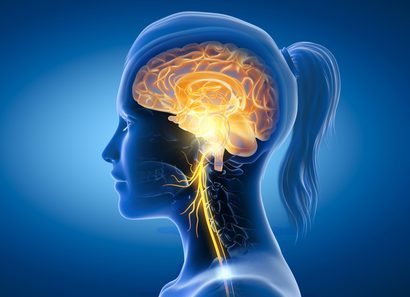Tai Chi and Qigong for Mood Regulation
A review of recent studies examining both Qi Gong and Tai Chi in randomized controlled trials and meta-analysis of studies which met clear scientific criteria has shown a potential not only for physical benefits but also psychological well being such as reducing the effects of anxiety and depression. (https://www.ncbi.nlm.nih.gov/pmc/articles/PMC6519567/)
Similarities with Mindfulness Meditation
Qi Gong and Tai Chi both include meditative elements and healing characteristics typical of the recent mindfulness meditation movement. Current researchers continue to study how these ancient Chinese practices affect the mechanisms of the body and the mind to understand the observed physical and psychological health benefits. The coordination of slow movements with well balanced body postures involves deep rhythmic breathing, clear mental focus, and meditation on the body and mind connections that are similar to the components of mindfulness practice.
Activating the Parasympathetic Nervous System
By focusing attention on sensations from the body and slow rhythms of the breath, those who learn Qi Gong and Tai Chi can help reduce reactivity to aversive thoughts and activate the parasympathetic nervous system to restore and nurture our bodies and minds, instead of triggering the fight or flight response from the sympathetic nervous system.
Taken together, these studies suggest possible directions for future research in how the brain responds through neural pathways and genetic predispositions that could further clarify all the ways Qi Gong and Tai Chi practices support a healthy, harmonious lifestyle.
Post submitted by Associate Instructor, JJ Rein

